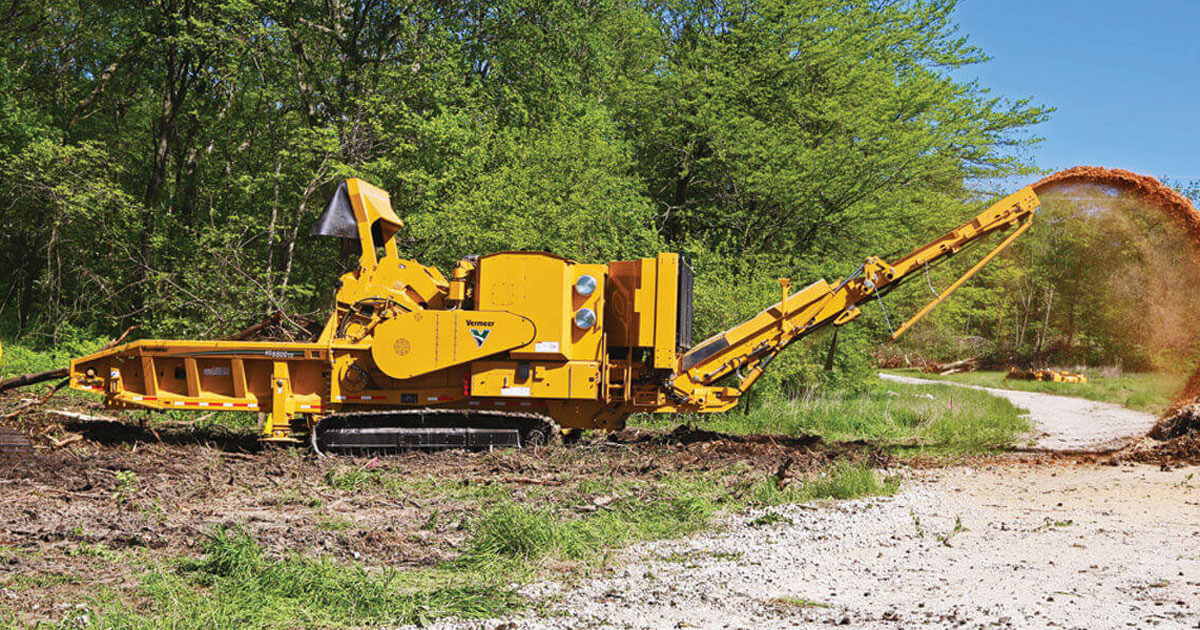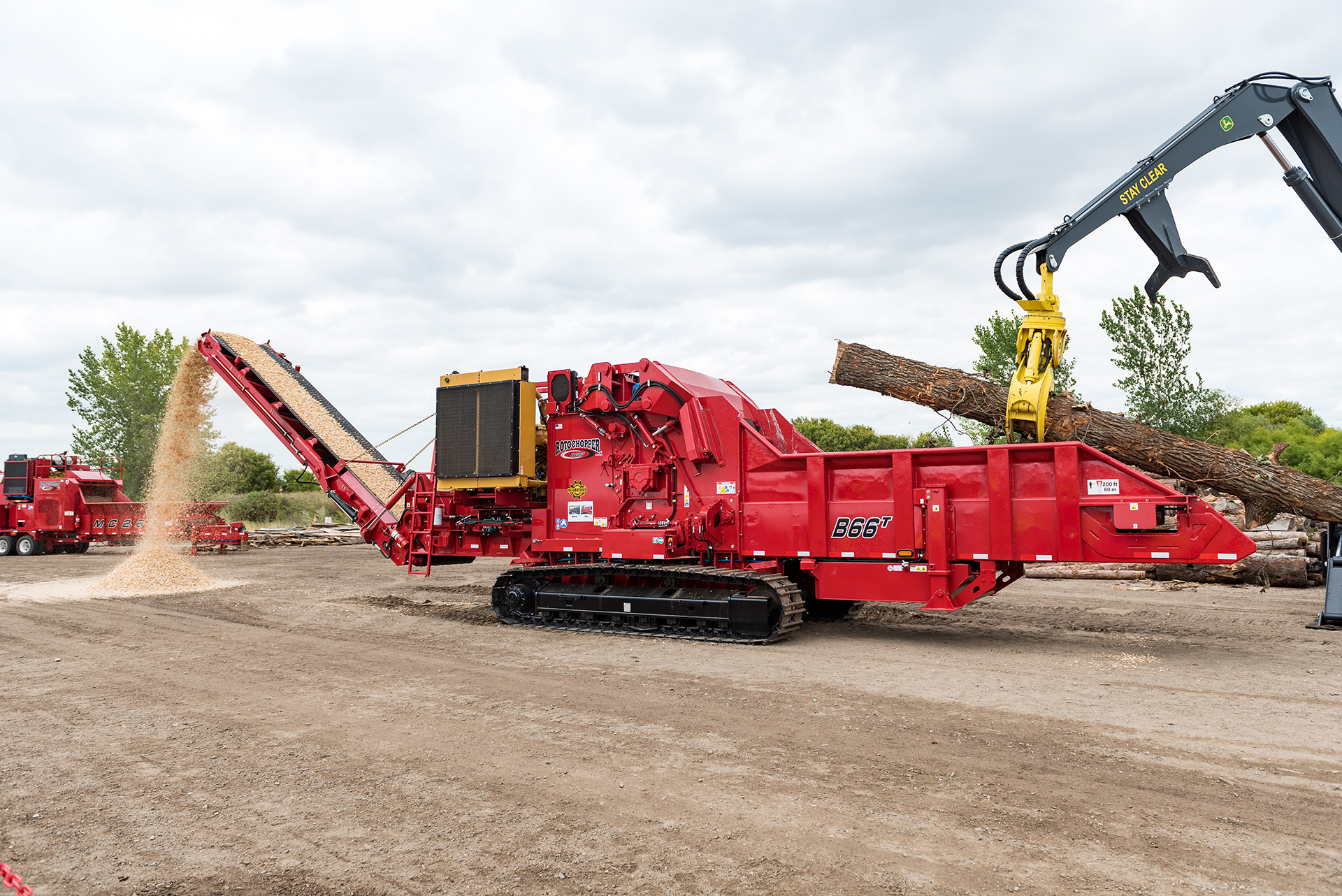Proven Performance: Leading Brands of Horizontal Grinder
Proven Performance: Leading Brands of Horizontal Grinder
Blog Article
Achieve Cost Cost Savings and Greater Output With a Straight Grinder for Reusing
One such service that has gotten grip in the reusing industry is the use of horizontal mills. What precisely are the advantages of making use of a horizontal grinder? In this discussion, we will check out these inquiries and dive into real-life case studies that highlight the outstanding results attained by adopting a straight mill.
Advantages of Making Use Of a Straight Mill
Utilizing a horizontal grinder supplies countless advantages in the world of reusing and waste monitoring. Whether it is wood waste, construction particles, or also asphalt roof shingles, a horizontal mill can effectively grind these materials right into smaller sized, a lot more workable items.
One more advantage of using a horizontal mill is its high production ability. These devices are designed to handle huge volumes of product, allowing for faster handling times and raised result. This is particularly helpful for recycling centers and waste administration business that require to process huge quantities of waste daily. By making best use of manufacturing capacity, a straight mill can improve operational performance and eventually decrease prices.

Furthermore, straight mills supply the benefit of generating a consistent output. With flexible displays and blades, drivers can easily regulate the size and top quality of the processed product. This uniformity is essential for markets that depend on recycled products, such as biomass power manufacturing or mulch production. By creating an uniform final result, straight mills make certain that the recycled products meet the wanted specs and can be efficiently utilized in various applications.
Secret Features of a Horizontal Grinder
A straight mill is equipped with numerous key attributes that boost its performance and efficiency in waste administration and recycling procedures. The engine's high torque permits the grinder to handle hard products such as stumps, logs, and building waste with simplicity.
Another vital function of a horizontal grinder is the huge feed opening. This permits for the effective and constant feeding of bulky products right into the grinder. The large opening decreases the demand for manual work in pre-processing the waste and arranging, saving time and raising productivity.
Furthermore, straight mills are developed with flexible screens or grates. These screens identify the size of the final item by regulating the fragment size of the shredded product. The ability to change the display enables operators to generate different dimensions of finished products, accommodating certain recycling or waste monitoring needs.
Additionally, horizontal grinders usually come equipped with a magnetic separator. This function assists in the removal of ferrous products from the waste stream, guaranteeing that the end product is devoid of contaminants. The magnetic separator enhances both the high quality and bankability of the recycled materials.
Exactly How to Choose the Right Horizontal Mill
Picking the appropriate horizontal grinder requires cautious factor to consider of several variables to ensure ideal efficiency and cost-effectiveness in waste management and reusing operations. Various grinders are developed to manage details materials, such as timber, green waste, or building and construction particles.
Another factor to consider is the desired output size (horizontal grinder). Mills come with various screen dimensions that figure out the end product dimension. It is necessary to select a mill that can generate the desired particle size for the desired application, whether it is for generating mulch, biomass gas, or pet bed linen
The source of power is also an essential consideration. Straight mills can be powered by diesel motor, electric motors, or crossbreed systems. The selection of power source relies on variables look at this now such as accessibility of electrical energy, expense of gas, and ecological laws.
Furthermore, the ability and throughput of the mill need to be considered. The dimension of the procedure and the anticipated quantity of product to be refined will certainly dictate the needed capacity of the device.
Last but not least, it is necessary to take into consideration the general longevity and reliability of the grinder. Seek a respectable manufacturer with a performance history of generating top quality tools that can stand up to the needs of the recycling industry.
Tips for Taking Full Advantage Of Cost Cost Savings With a Horizontal Mill
To maximize expense financial savings and operational efficiency with a straight grinder, it is critical to execute effective methods that optimize performance and lessen expenses. Here are some ideas to aid you accomplish i loved this these objectives:
Regular Maintenance: Conduct routine assessments and maintenance on your grinder to ensure it is running at peak performance. This will assist protect against break downs and expensive repair services, along with prolong the life-span of your equipment.
Reliable Product Handling: Properly feeding the mill with the best amount of material is vital for accomplishing expense financial savings. Straining the mill can lead to raised gas usage and wear and tear on the maker.
Ideal Grinding Strategies: Explore various grinding methods to find the most reliable approach for your details products. Changing the grinder's setups, such as blades rate and display dimension, can assist achieve the preferred particle size while decreasing power usage.
Appropriate Disposal of Residual Material: Throw Away the recurring material from the grinding procedure in a eco pleasant and cost-effective manner. Take into consideration reusing or repurposing the by-products to decrease waste and potentially create extra income.
Case Researches: Real-Life Examples of Cost Cost Savings and Greater Outcome With a Horizontal Mill
A number of firms have actually successfully attained significant price savings and increased result by using a straight grinder for their reusing operations. One such study includes a waste administration company that utilized a straight grinder to process wood waste. By applying this innovation, they were able to reduce transport costs by grinding the waste on-site, removing the need for multiple journeys to a far-off landfill. Furthermore, the straight grinder enhanced their result by enabling them to process larger quantities of timber waste in a shorter amount of time.
One more study includes a building and construction company that used a horizontal mill to reuse concrete and asphalt waste from their demolition projects - over here horizontal grinder. By grinding the waste material into recyclable accumulation, they had the ability to minimize disposal expenses and purchase fewer virgin materials for their future jobs. This not only led to substantial price financial savings yet also reduced their environmental influence
Additionally, a recycling facility that focused on processing organic waste utilized a straight mill to compost and grind backyard waste. This allowed them to increase their processing capability and generate higher-quality garden compost in a much shorter amount of time. Consequently, they were able to meet the growing need for their compost products while achieving significant price financial savings.
These real-life instances show the efficiency and benefits of utilizing a horizontal mill for reusing procedures. The price savings and increased output obtained by these companies highlight the possibility of this technology in improving efficiency and sustainability in numerous sectors.
Verdict
In verdict, using a horizontal mill for reusing offers numerous advantages such as expense savings and greater result. The crucial attributes of a horizontal grinder need to be thought about when selecting the right one for details demands. By executing pointers for optimizing expense savings, organizations can even more boost their effectiveness and productivity. Real-life case researches showcase the efficiency of horizontal grinders in attaining substantial expense financial savings and enhanced result. Overall, integrating this tools right into recycling processes can bring about improved sustainability and monetary gains.

Report this page